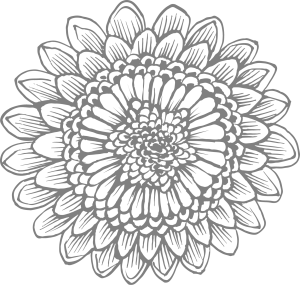MONTECILFONE
Procession of family carts, pulled by cattle and decorated with crepe paper floral elements, icons of the saint, embroidered cloths and crocheted blankets in honour of St Anthony of Padua. Similar in shape to the barrel-shaped ones already seen in Larino and Santa Croce, they are prepared by the families and the four neighbourhoods that make up this municipality of Arberëshe minority in which both forms of religious expression typical of the area and ceremonial related to the special devotions of the Albanian component have been maintained over the centuries (for example, the persistence of a procession and horse race that until the 1990s was still celebrated in honour of Saint George – on 24 May -, but which was also a festival celebrating the national hero Giorgio Castriota Skanderberg, a leader who had led the Albanian populations that landed on the Italian coast). The floats are decorated with flowers and garlands, with drapes and flags of all colours. The oxen that pull the carts have golden horns and are decorated with colourful ribbons, bows and cotton cloths that wrap around them. It is also not uncommon here to see smaller carts pulled by goats and sheep. Along the route – as also in Santa Croce – fires and shots are fired to signal the passage of the statue of the Saint and the carts that follow it in procession. The procession parades according to an official numerical order that is handed down from father to son, according to the most seniority in the ownership of the wagon – as already noted for the Feast of San Pardo in Larino. Behind the floats parade groups of men and children wearing T-shirts or dresses in colours that reflect the decoration of the different floats. The shape of the floats changes according to the families: from more traditional barrel-shaped floats decorated with flowers to wooden structures and decorations of ears of corn or ivy.

VIDEO
IMAGE GALLERY


MONTECILFONE
Procession of family carts, pulled by cattle and decorated with crepe paper floral elements, icons of the saint, embroidered cloths and crocheted blankets in honour of St Anthony of Padua. Similar in shape to the barrel-shaped ones already seen in Larino and Santa Croce, they are prepared by the families and the four neighbourhoods that make up this municipality of Arberëshe minority in which both forms of religious expression typical of the area and ceremonial related to the special devotions of the Albanian component have been maintained over the centuries (for example, the persistence of a procession and horse race that until the 1990s was still celebrated in honour of Saint George – on 24 May -, but which was also a festival celebrating the national hero Giorgio Castriota Skanderberg, a leader who had led the Albanian populations that landed on the Italian coast). The floats are decorated with flowers and garlands, with drapes and flags of all colours. The oxen that pull the carts have golden horns and are decorated with colourful ribbons, bows and cotton cloths that wrap around them. It is also not uncommon here to see smaller carts pulled by goats and sheep. Along the route – as also in Santa Croce – fires and shots are fired to signal the passage of the statue of the Saint and the carts that follow it in procession. The procession parades according to an official numerical order that is handed down from father to son, according to the most seniority in the ownership of the wagon – as already noted for the Feast of San Pardo in Larino. Behind the floats parade groups of men and children wearing T-shirts or dresses in colours that reflect the decoration of the different floats. The shape of the floats changes according to the families: from more traditional barrel-shaped floats decorated with flowers to wooden structures and decorations of ears of corn or ivy.
VIDEO
IMAGE GALLERY